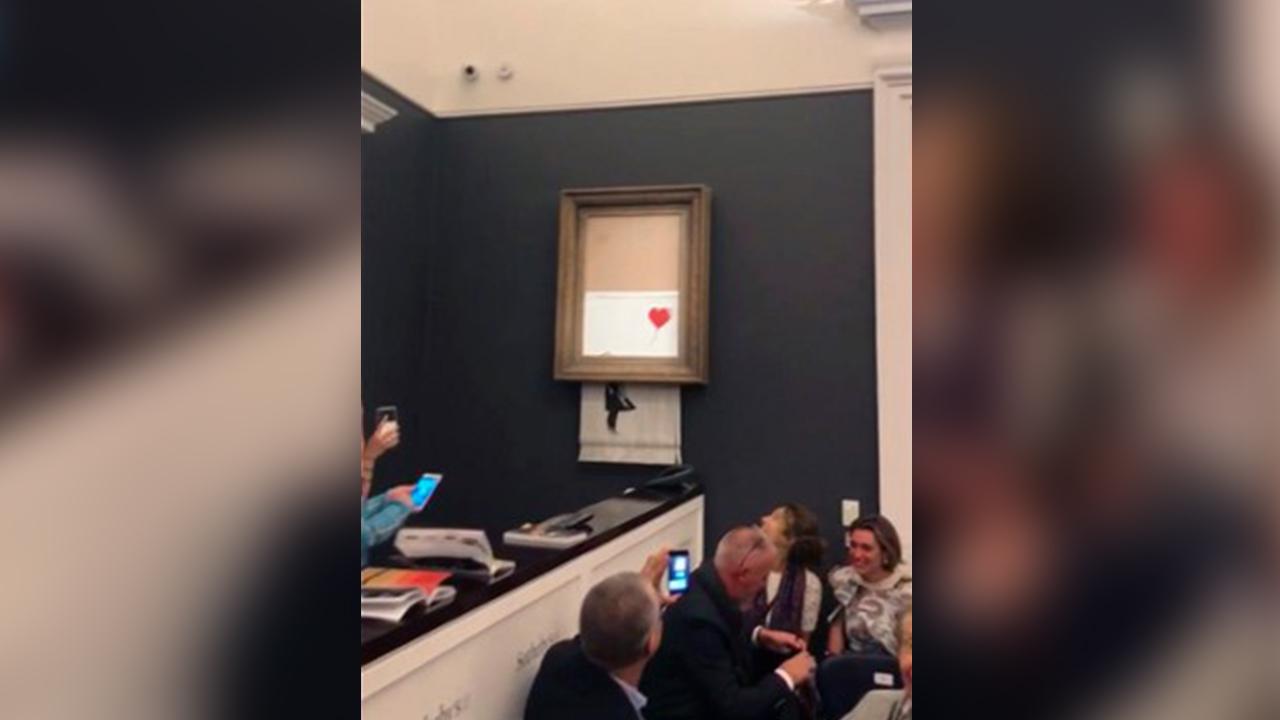![Iron Age gold found in Staffordshire Moorlands field [Picture]](https://www.webtopnews.com/wp-content/uploads/2017/03/Iron-Age-gold-found-in-Staffordshire-Moorlands-field-Picture.jpg)
As two British amateur treasure hunters recently discovered, it sometimes pays to revisit old hobbies.
Friends Mark Hambleton and Joe Kania grew up metal-detecting in fields scattered about Staffordshire, a county located in the West Midlands of England. Their enthusiasm for the hobby, however, waned and the pair shifted instead to fishing. Years later — at the behest of Hambleton’s father to give the hobby another shot — the two friends found themselves last December in one of the same fields they’d searched in their younger years.
“We weren’t expecting to find anything,” Hambleton told The Telegraph. “I was just about ready to give up for the day when Joe said he thought he had found something. We both looked at it and were speechless.”
Buried under about three feet of earth, Kania discovered four Iron Age gold torcs. A kind of jewelry, torcs are defined as a large rigid or stiff neck ring of metal. The four discovered in Staffordshire included three necklaces and a bracelet.
“We have found the odd Victorian coin, but mostly it has just been junk,” Kania said. “So I couldn’t believe it when I picked out this mud-covered item and on cleaning it off, I thought this might actually be gold.”
According to experts, the gold torcs were likely created in present-day Germany or France as far back as 2,500 years ago.
“It dates to around 400–250 BC, and is probably the earliest Iron Age gold work ever discovered in Britain,” Dr. Julia Farley, curator of British & European Iron Age collections for the British Museum, said in a statement. “The torcs were probably worn by wealthy and powerful women, perhaps people from the continent who had married into the local community.”
As for how these beautiful objects ended up buried in a seemingly random field near no known graves or settlements remains a mystery. Archaeologists sent to investigate the site after the discovery found no additional artifacts.
As for the treasure itself, Hambleton and Kania will split whatever sale is made with the owner of the field. According to the Guardian, a single torc dating back to the Bronze Age was recently valued at about $186,000.


![Iron Age gold found in Staffordshire Moorlands field [Picture] Iron Age gold found in Staffordshire Moorlands field [Picture]](https://webtopnews.com/wp-content/uploads/2017/03/Iron-Age-gold-found-in-Staffordshire-Moorlands-field-Picture.jpg)










